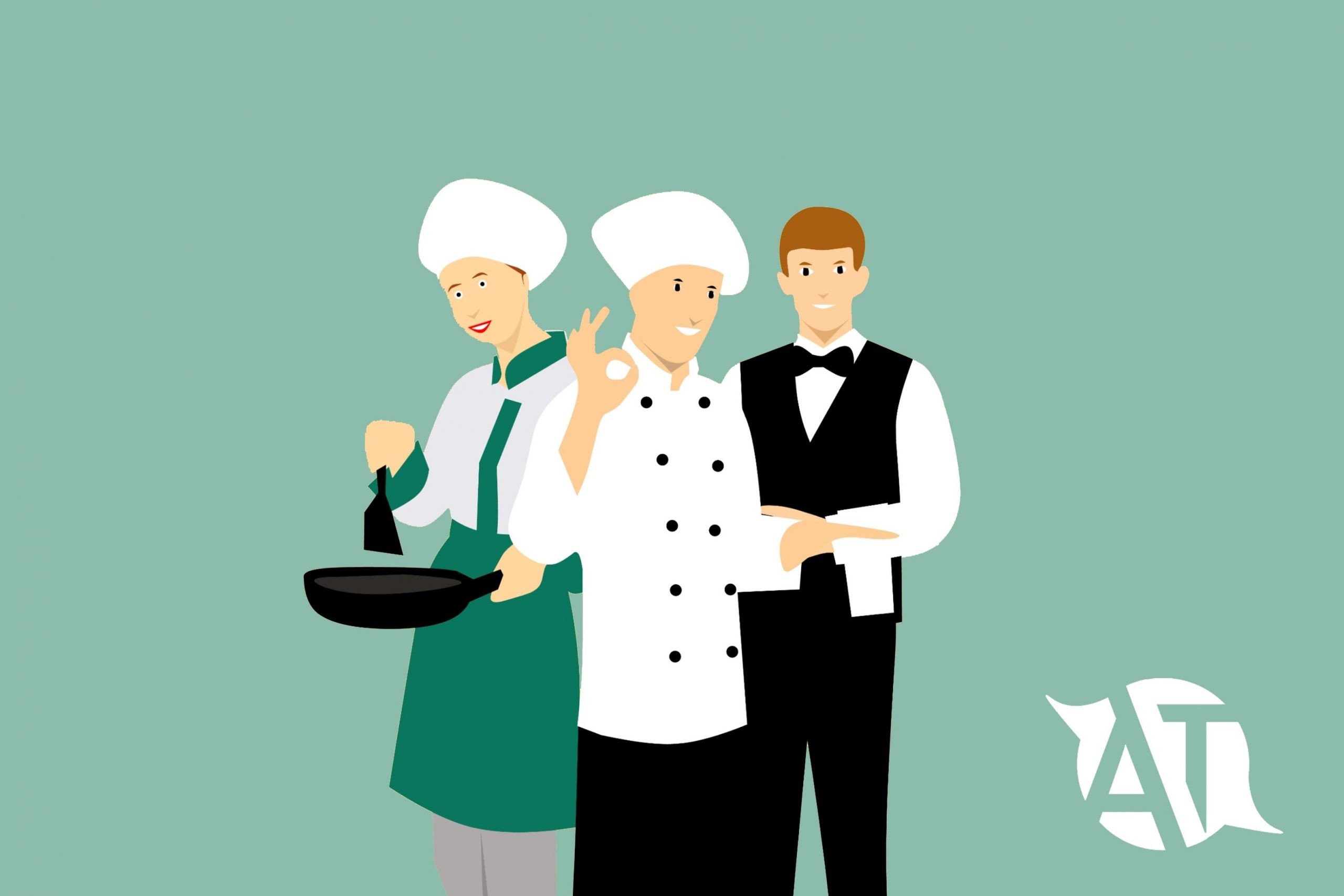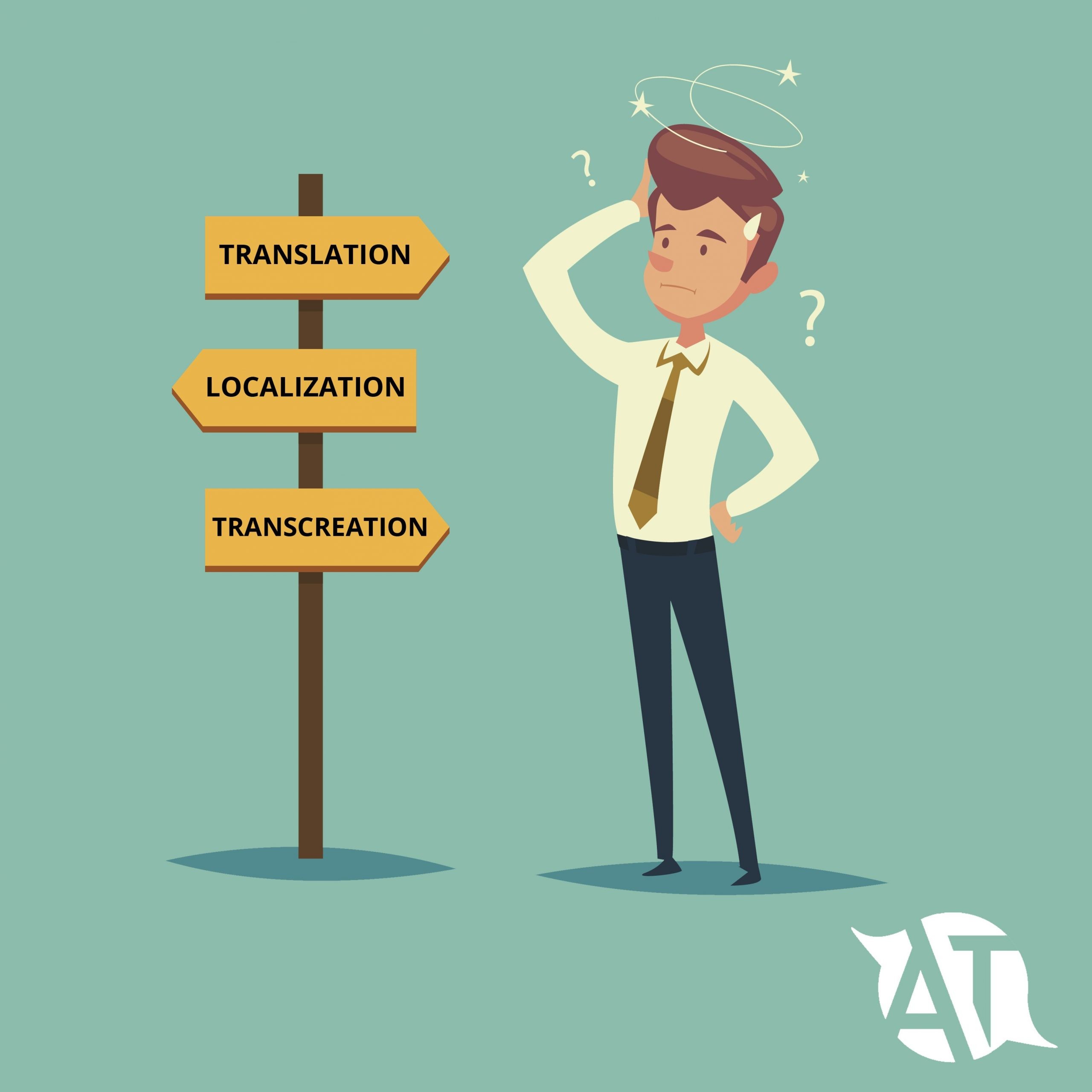Gastronomy translation

Tourism is seriously important to the global economy, and an economic driver for countries in the European Union. Let's take a look at the figures. Around 90 million tourists visited France in 2018, and Spain welcomed almost 83 million overseas visitors last year. If we then consider the fact that these countries are among the top 5 countries with the most Michelin stars in the world, it's clear that gastro-tourism is a huge pull to attract tourists - which is why it's so important to consider translating all the content the gastronomy sector generates. Today we're going to look at why gastronomic translation is a core need for the sector.
The tourism boom has opened up new markets: gastronomic translation
Each year, tourism drives millions of people from one country to another, and with this has come the need for tourism translation, to make tourists feel at home. And it's not only about offering them an unbeatable experience - it's also about capturing an audience who can certainly help increase your sales too.
And not only that. This growth in visitor numbers is contributing to the rise in new types of tourism such as oenology and gastronomy, and consequently brands need to pay more and more attention to the content generated by these types of businesses.
Gastronomic translation is a hugely specialist area
Despite the wealth of errors we see daily on restaurant menus, companies and professionals in the sector still don't give translation the attention it deserves and don't dedicate the resources needed to adapt their content. This is because gastronomic translation has a lot more complexities to it than you might first think; for a start, each country has its own unique gastronomy, and typical dishes. This means that as well as culinary differences, we also need to think about cultural differences and language barriers.
So as you can see, this is a sector with a lot of specialist terminology, going way beyond our everyday vocabulary. And this is why there's no place for machine translation in gastronomic translation. So much of this terminology has a different meaning depending on the region or geographical area it comes from, meaning we need to localise content even within the same language - such as from Spanish to Latin American Spanish, or British English to American English.
All the terms used in cooking form part of a vast and rich glossary, and this is extremely important when it comes to reading and interpreting a recipe or menu, so all texts should be translated by a native professional translator who specialises in gastronomy.
Gastronomic translation: much more than a translation process
When facing the challenge of presenting culinary content to a foreign audience, it's crystal clear that often we need to go for more of a description than a literal translation. Many dishes don't have equivalents in other languages, but specialist translators can explain the preparation, presentation, or ingredients in a recipe, and do it well.
It's also very helpful to have a specialist glossary, adapted to the target country, where you can tackle the terminological differences between countries, resulting in a translation that is faithful to the original and adapted to the new language.
There's a lot of content that needs translating
When you think about gastronomic translation, you probably think about translating restaurant menus. That might be one of the most in-demand services, but it definitely isn't the only one. Some of the things the gastronomic and culinary sector needs translating are:
- Restaurants menus and lists: as we mentioned, this is one of the most requested services. This is because a professional translation of a restaurant menu doesn't require a big financial investment, and it's the key to encouraging foreign customers to try new dishes, experiment, and enjoy a destination's gastronomy.
- Recipe books and recipes: This is without a doubt the most sensitive material. Just as in technical manuals in other disciplines, these are specialist and complex documents, which at times use their own technical language. We need to think about equivalents, as much in the terminology as in the units of measurements specific to each country.
- Websites: having an online presence is very important, and when the time comes to think about your online strategy you need to make sure it's done professionally. With something as important as food, it's important not to experiment. It's better to have a website translated well into the languages of the nationalities which have the most impact on your turnover. Remember, it can be counterproductive attempting to cover too many languages. You could end up with bad translations that could generate a lack of trust among your potential customers.
- Blogs and social network content: just as with websites, if a company decides to market their content in several languages, it's important to do it professionally and focus on the native language of the target audience. You need to prioritise quality over quantity, as translation errors could affect your brand's online reputation.
The gastronomic sector certainly has some serious translation challenges ahead. On the one hand, bridging the cultural differences between countries, and on the other, getting around highly specialist culinary terminology to offer all of the content in the target language, whilst remaining faithful to the original.
At ATLS we have over 20 years' experience helping businesses internationalise their products and services. We can help you bridge the language barrier and improve your image among your potential foreign customers. We have a team of native professional translators specialised in gastronomic translation who can localise your brand and products for other markets. Do you want to talk through a project with us? Contact us!




